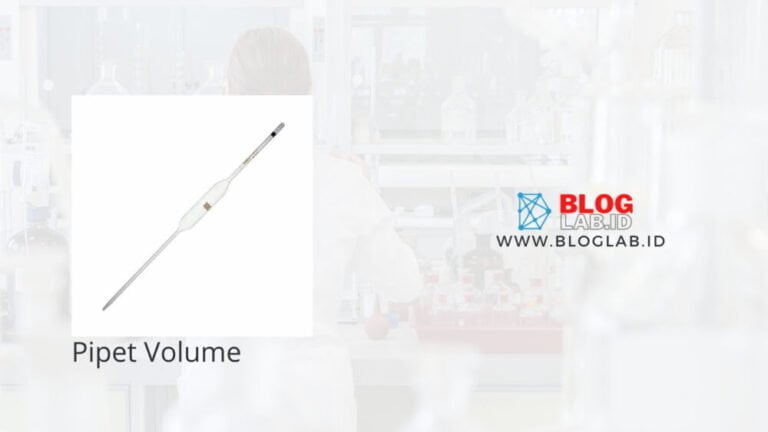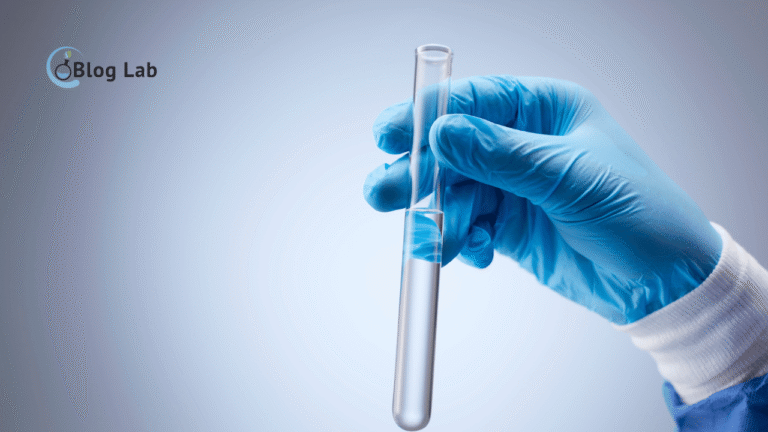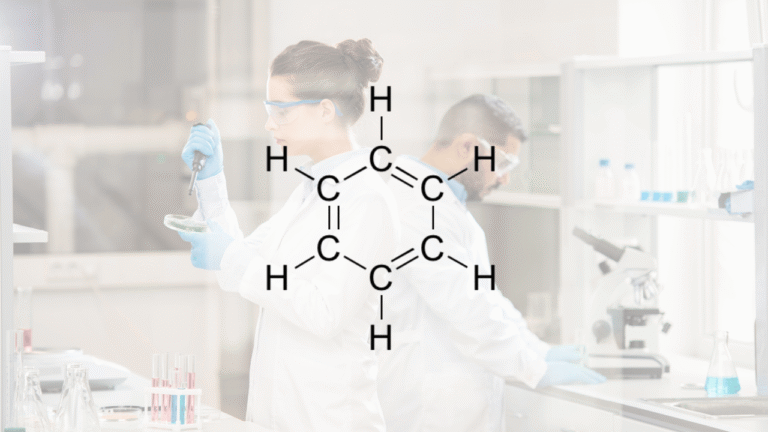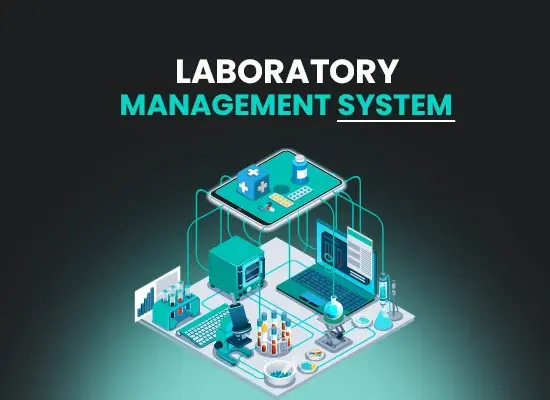How to Use the Right Volume Pippies

In the lab, you must be familiar with this one. It's a device called a volume pipe, but you already know what it's like. how to use volume pipeline Good and right? Now for that, I'm going to write down how step by step the right tool is used. Listen to the following discussion.
Pipet Volume

The mumps or the volume pipes are one of the tools a lab used to measure, which is normally done in a high-precision lab, marked by its slender shape on the volume pointer and there's only one size of the volume apron.
Function
Here are some of the functions of the chemical volume pipeline that you should know about, among other things:
- The function of mumps is to take solution with a specific volume according to the size of the mumps.
- The function of the volume pipeline is to take fluid with a certain volume of higher precision.
- The volume piths or mumps are one of the quantifiable gauges with high precision levels, marked with a slender shape on the volume pointer and only one volume size.
- The volume pipeline is used to move the liquid from one container to another, usually to move the default primary or sample solution in the title process. The transfer of the fluid can be done manually by being sucked away using the mouth or using the piller.
- The volume of evolution is a tool for measuring liquid volume on a small scale. It has to be made available before it can be used to get the liquid removed from the pipeline to be exactly quantifiable. However, the results of the pipeline were not exactly 100%, there must have been an error..
Cara menggunakan
Now this is a few steps or how to use the volume pipeline that you should know about, among other things:
- Step one., you need to rinse or coat volume pipeline with a liquid to be moved. Put a little fluid that will be moved into the pipeline, then position a horizontal pipe or stand up. Turn it around and it's silent so all the fluid covers the surface of the plate, and then the waste of the liquid that's on the lapel.
- Step two., you need to install a suction or a bubble rubble on the end or on the top of the pipe. Keep in mind not to go too fast with the suction or the buld, so the rubble buld is easy to take off.
- Step three., press rubble bubble then insert the bottom end of the volume pipeline into the fluid that will be inserted or will be moved with the volume pipe, then slowly remove the rubble buld pressure, so the fluid will enter into the volume piths. Make sure the volume of the liquid is sesame with the capacity of the volume pipeline used.
- Step four, after the fluid goes into the volume pipe, you need to remove the Buld. Then, cover the top end of the pipe with your finger so the liquid doesn't come out again.
- Step five., if the fluid is too much, then you can open your fingers a little bit so the liquid can come out a little bit and slowly.
- Step six, make sure you have the container ready to be used for the liquid place. Open your fingers and point the volume tip to the available container.
Now that's how you use a good and true volume pipeline, so you go ahead and practice how you use it.
Miscellaneous
So here are some examples of all sorts of volume pipes or Volumetric pipeline especially for those of you who might want to buy those pipes, to see a list of all sorts of regular pieces you see as follows:
1. Volumetric Pipette Class A Amber Graduation

Sell Volumetric Pipette Class A Amber Graduation.
Specification:
| Product Code | Volume | Tolerance | Height (mm) | Color Code | Brand |
| 7100-0.5-C | 0.5 | ±0.005 | 300 | 2 black | IWAKI |
| 7100-1-C | 1 | ±0.008 | 325 | 1 blue | IWAKI |
| 7100-2-C | 2 | ±0.01 | 350 | 1 orange | IWAKI |
| 7100-2.5-C | 2.5 | – | – | – | IWAKI |
| 7100-3-C | 3 | ±0.015 | 350 | 1 black | IWAKI |
| 7100-4-C | 4 | ±0.015 | 380 | 2 Red | IWAKI |
| 7100-5-C | 5 | ±0.015 | 380 | 1 white | IWAKI |
| 7100-6-C | 6 | ±0.02 | 380 | 2 orange | IWAKI |
| 7100-7-C | 7 | ±0.02 | 405 | 2 green | IWAKI |
| 7100-8-C | 8 | ±0.02 | 410 | 1 blue | IWAKI |
| 7100-9-C | 9 | ±0.02 | 410 | 1 black | IWAKI |
| 7100-10-C | 10 | ±0.02 | 440 | 1 red | IWAKI |
| 7100-15-C | 15 | ±0.03 | 450 | 1 green | IWAKI |
| 7100-20-C | 20 | ±0.03 | 510 | 1 yellow | IWAKI |
| 7100-25-C | 25 | ±0.03 | 525 | 1 blue | IWAKI |
| 7100-30-C | 30 | ±0.05 | 480 | 1 black | IWAKI |
| 7100-40-C | 40 | ±0.05 | 510 | 1 white | IWAKI |
| 7100-50-C | 50 | ±0.05 | 545 | 1 red | IWAKI |
| 7100-100-C | 100 | ±0.08 | 595 | 1 yellow | IWAKI |
You can buy the device. Here..
2. MicroPette - Electronic Pipette

Features:
- The pipeline covers the volume range of 0.1.
- The ergonomic design provides tremendous operating experience.
- Large view windows allow easy volume identification
- Calibration and treatment are easy.
- Each MicroPette is equipped with an individual calibration certificate according to ISO865.
You can buy the device. Here..
Thank you for reading this article so that it may help and provide useful information to the readers.





